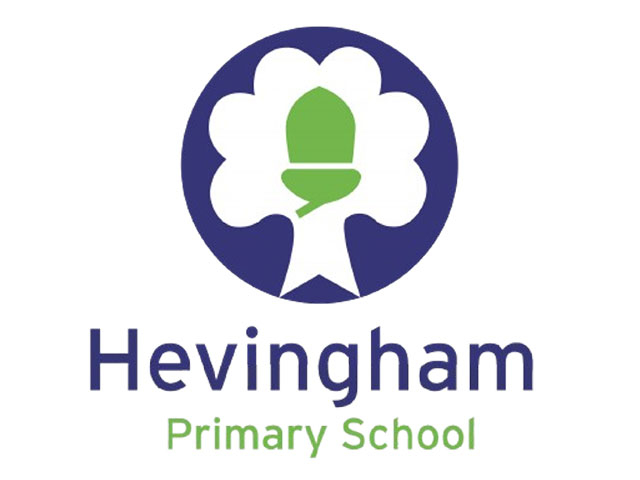| 6. Create A Piece Of Art | |||
| Milestones | What this will look like | How adults can help | |
| Between 2 – 3 Years Old | Children enjoy exploring a wide range of materials. | Children will confidently explore a wide range of materials in multi-sensory ways, manipulating and playing with them. They may begin to talk about these materials. | Adults will provide opportunities for children to experience a range of materials and textures. They will model the use of vocabulary to describe these – “Is the foam squishy?” |
| Children show an enjoyment of music and movement. | Children are able to join in with songs. They move and dance to music. Children explore a range of sound makers and instruments. | Instruments will be available for the children to access freely. Adults will model how to use these to create different sounds. Adults will provide opportunities for children to listen and respond to a variety of music. Adults will make time to sing with the children during each session. | |
| Children are able to express themselves. | Children make purposeful marks with a variety of tools and materials. They may demonstrate preferences for forms of mark making, such as paint. Children make simple models. Children may have a favourite colour. Children demonstrate an understanding of the use of some tools and, with support, begin to use these. | Children will have free access to a wide range of mark making and creative resources. Adults will support children to choose and use tools such as rolling pins and scissors safely and effectively. Adults will ensure that the children have access to a variety of instruments. | |
| Between 3 – 4 Years Old | Children are able to share and talk simply about pieces of art, including their own. | Children explore different textures and begin to use relevant vocabulary to describe them. Children respond to music that they hear, expressing their thoughts and feelings. Children give meanings to the marks they make. They are confident to share these thoughts, feelings and ideas. | Adults will provide opportunities for children to experience a range of materials and textures. They will model the use of vocabulary to describe these – rough, smooth, soft, bendy etc. Adults will provide opportunities for children to listen to and watch musical performances and to discuss these afterwards, asking simple questions to extend the children’s thinking. Children will have access to a wide range of mark making materials. Adults will spend time modelling mark making and creating and talking about this with the children. Adults will introduce children to, and model the use of, new and relevant vocabulary. Children’s art work will be shared and celebrated. |
| Children are developing taught skills. | Children develop their own ideas, joining and exploring a variety of materials and using a range of tools. This may be with some help from an adult. Children form enclosed spaces with a continuous line, using these shapes to represent objects or people. Children represent emotion and detail in their drawing and draw with increasing detail. Children explore and talk about colour mixing. Children sing an entire song from memory and are increasingly able to pitch match and follow a melody. Children begin to change familiar songs, creating their own. Children play instruments with increasing control, exploring and changing sounds to express feelings. | Adults will introduce children to new and relevant vocabulary, modelling it’s use. Adults will spend time mark making and creating with the children, demonstrating thought processes and a range of artistic techniques. Adults will spend time singing with children daily. Adults will also plan activities around the teaching of beat and rhythm. Adults will show an interest in children’s creations, asking them to share their thoughts and ideas and to explain how they made it. Adults will provide children with kind, constructive feedback to help the development of key skills. Adults may also involve peers and the child in this process, enabling the use of peer and self-assessment. | |
| During the Reception Year | Children are refining their taught skills. | Children explore, use and refine a variety of artistic techniques to express themselves. Children return to and build on previous learning. Children use a variety of tools safely and with good control. Children sing solo or as part of a group and are increasingly able to pitch match and follow a melody. Children can combine movements with ease and fluidity. | Adults will introduce children to new and relevant vocabulary, modelling it’s use. Adults will spend time mark making and creating with the children, demonstrating thought processes and a range of artistic techniques. Adults will show an interest in children’s creations, asking them to share their thoughts and ideas and to explain how they made it. Adults will provide children with kind, constructive feedback to help the development of key skills. Adults may also involve peers and the child in this process, enabling the use of peer and self assessment. Children will participate in weekly, adult led PE sessions and may also have Music lessons taught by an experienced visitor. |
| Children are able to create freely and express themselves in a variety of ways. | Children are able to create independently, making carefully considered choices and expressing their thoughts, feelings, experiences and ideas in a range of ways. Children are able to create collaboratively, sharing ideas, resources and skills. Children listen attentively to music and are able to move to it. Children engage in music making and dance, performing solo or as part of a group. | Children have free access to a wide range of creative resources. Adults will provide time and opportunities for children to spend sustained periods of time on their work. Adults will encourage and support collaborative working. Adults will provide opportunities and space for children to share and celebrate their achievements. Dance will be taught as part of PE. | |
| Children are able to discuss and share opinions around a piece of art. | Children enjoy watching dance and performance art. They are able to share their thoughts and feelings around it. Children are able to share their opinions and feelings about a piece of art. Children are aware of some key art and artists. | Adults will ensure that children are exposed to a range of high quality art work and performances, whether this is live or recorded. These will link to class themes or the children’s interests. Adults will share their own thoughts and feelings, encouraging children to do the same and using carefully considered questioning to extend thinking. | |


